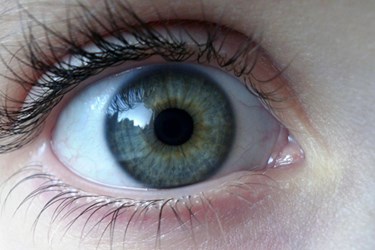Developing More Life-Like Artificial Vision
By Joel Lindsey

Researchers at Stanford University have used electrical pulses to stimulate retinal cells in a way that they say could help produce more accurate and natural-looking artificial vision.
“We’ve found that we can reproduce natural patterns of activity in the retina with exquisite precision,” E.J. Chichilnisky, a professor of neurosurgery at Stanford’s School of Medicine and Hansen Experimental Physics Laboratory, said in a press release published recently by the National Eye Institute, an organization funding the project.
According to the press release, the key to this project lies in specifically targeting parasol cells, which are part of the retina’s larger network of image-processing ganglion cells. These cells are responsible for detecting both the direction and speed of moving objects in the visual field.
In their experiments, researchers first positioned portions of retina on a 61-electrode grid. They then sent electrical pulses across the grid and recorded which cells responded in order to isolate and track the specific locations and activity of parasol cells. Once the parasol cells had been successfully identified, the research team recorded their natural responses as they processed the sight of a simple moving image.
This collection of data ultimately allowed researchers to precisely stimulate very particular groups of retinal cells at very specific amplitudes of electricity in order to recreate the experience of seeing something move.
Chichilnisky and others involved with the project say this development could significantly improve already existing retinal prostheses, such as the Argus II, the most well-known retinal prosthetic currently available. While devices like the Argus II successfully deliver electrical stimulation to retinal cells in order to give wearers a rough sense of shape, size, and changes in light and contrast, researchers now say the ability to stimulate parasol cells in particular could help provide a much more nuanced and natural-looking form or artificial vision.
“It’s very exciting for someone who may not have seen anything for 20-30 years. It’s a big deal,” Chichilnisky said about currently existing retinal prostheses. “On the other hand, it’s a long way from natural vision.”
Details regarding the parasol cell research project, along with outcomes from early tests that indicate this approach could eventually be used to construct effective retinal prosthetic devices, have been published recently in the journal Neuron.
“There is a long way to go between these results and making a device that produces meaningful, patterned activity over a large region of the retina in a human patient,” Chichilnisky said. “But if we can handle the many technical hurdles ahead, we may be able to speak to the nervous system in its own language, and precisely reproduce its normal function.”
Image Credit: “Eye.” Karen Roe. 2010. CC by 2.0: https://creativecommons.org/licenses/by/2.0/
